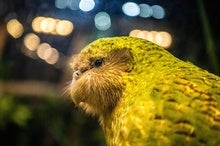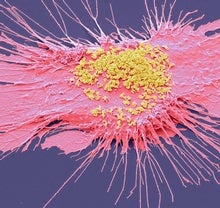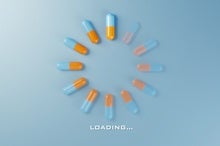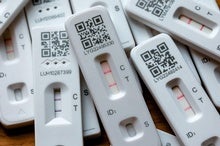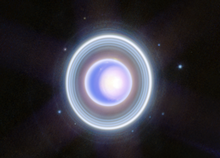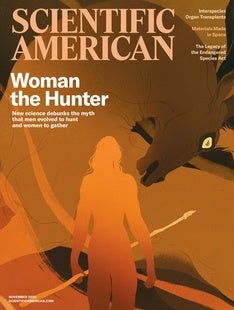 |
| December 22, 2023 |
I hope you've enjoyed The Week in Science this year! We'll be taking a break for the holidays, so this newsletter will resume on January 5th. In the meantime, visit ScientificAmerican.com for your science news. Email me at newsletters@sciam.com to let me know how you like this newsletter. Happy New Year! |
| |
 |
| |
| |
| |
| |
| Epidemiology The Real Story Behind 'White Lung Pneumonia' Separate outbreaks of pneumonia in children have cropped up in the U.S., China and Europe. Public health experts say the uptick in cases is not caused by a novel pathogen | | | | |
| |
| Artificial Intelligence New Class of Antibiotics Discovered Using AI A deep-learning algorithm helped identify new compounds that are effective against antibiotic-resistant infections in mice, opening the door to AI-guided drug discovery | | | | |
| |
| |
| |
| |
| |
BRING SCIENCE HOME
 | | Food Sleuthing: Find the Missing Ingredient | 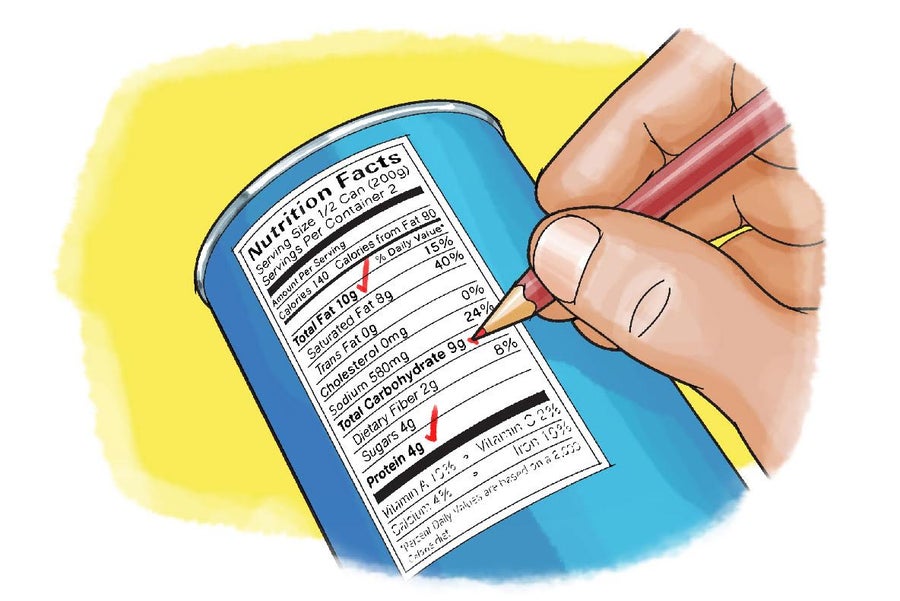 Can you find the missing ingredient? Learn about nutrition labeling and see if you deduce what might be left off. Credit: George Retseck | Food advertisements and labels bombard us with enticing slogans and attractive images, luring us into consuming a certain food. But have you ever wondered how nutritious an advertised food is? Have you ever examined a nutrition facts label and wondered what the columns of words and numbers really meant? This activity will shed some light on the label. You will explore serving sizes and nutrients—and might find a discrepancy. Why would the sum of the nutrients not always add up to the total? Like a detective, you will gather the facts, brainstorm ideas and find evidence to support your proposed explanation. Can you crack the case? | |  | |
LATEST ISSUES
 |
| |
| Questions? Comments?  | |
| Download the Scientific American App |
| |
| |




